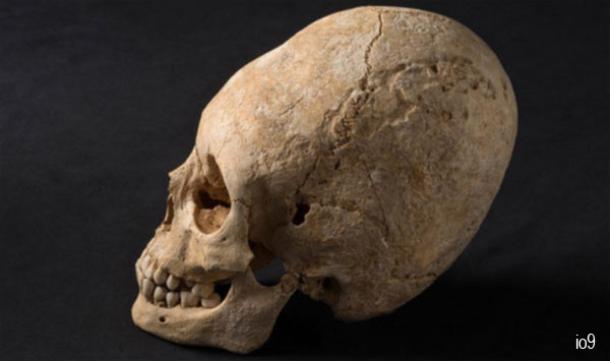<
A totally new perspective on being an egghead
